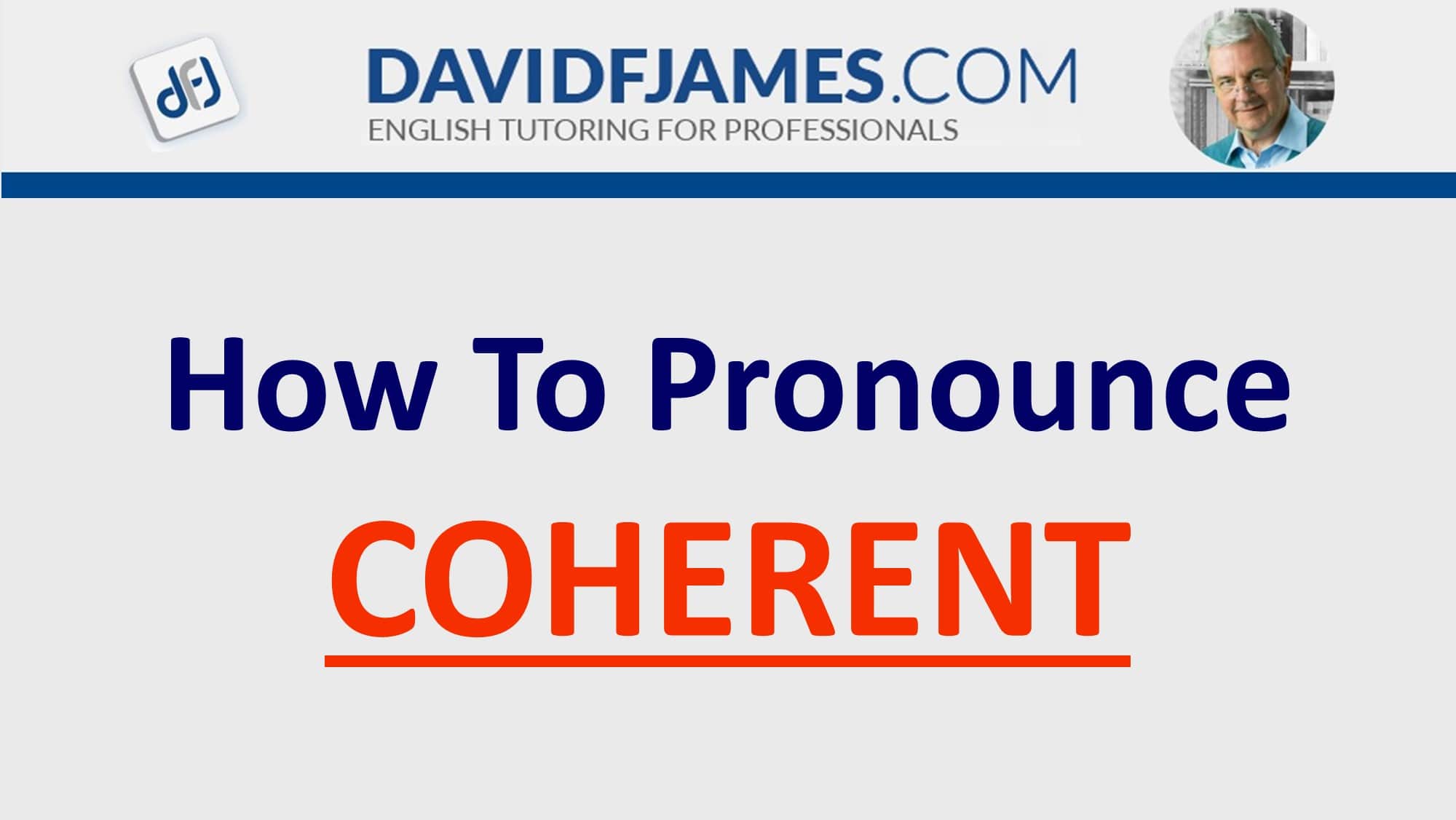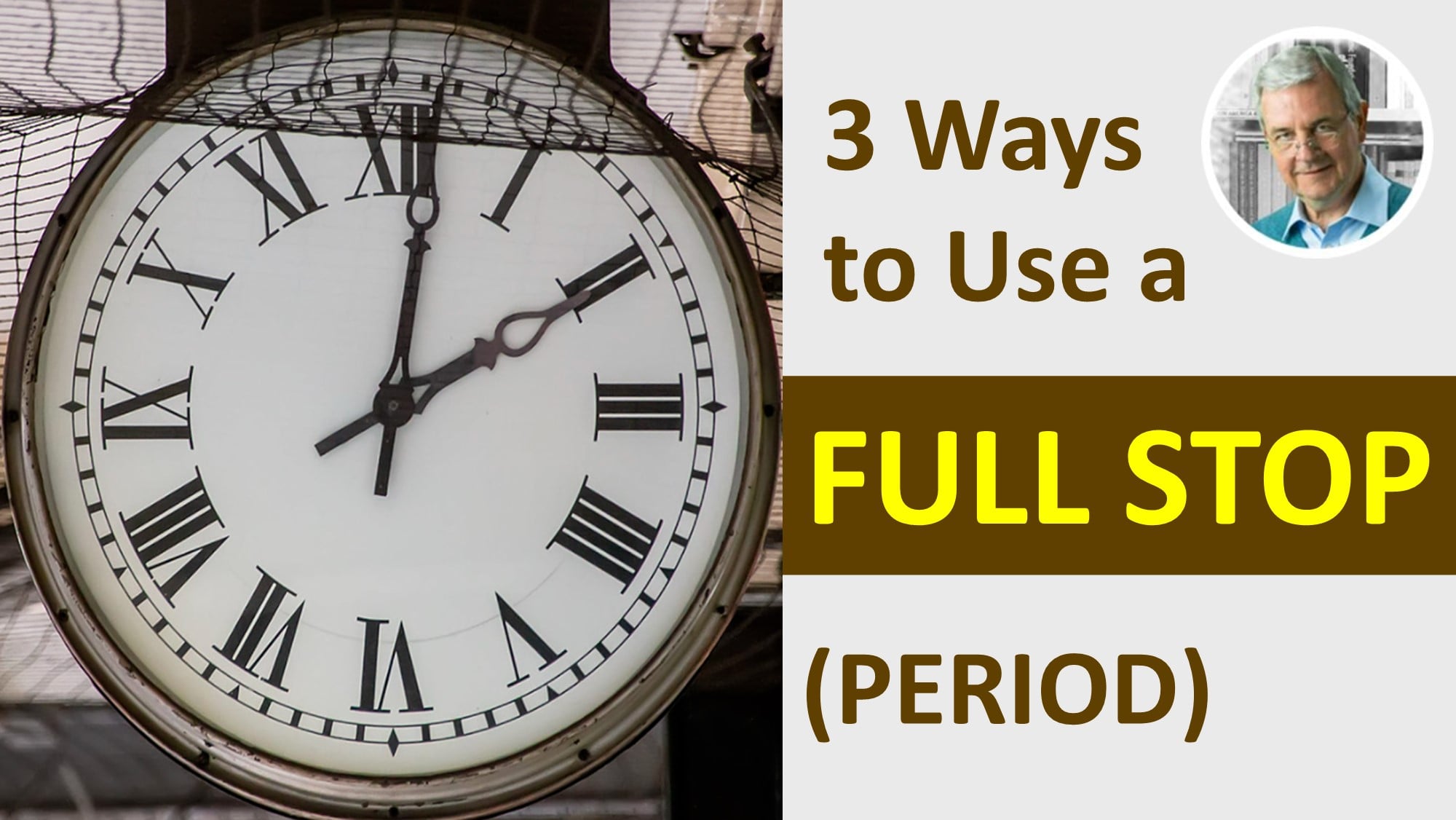How to Write a PARAGRAPH in ENGLISH
How to Write a PARAGRAPH in ENGLISH
Using a question and answer format, this video explains clearly how to write a paragraph in English, and provides one simple, basic rule.
To learn about other writing rules or how to use various punctuation marks, check The Punctuation Guide here:
https://www.youtube.com/playlist?list=PL7LFrjIsjhMm0d3Kokalggj8v3_9OdgWH
Here is a transcript of the video: How to Write a PARAGRAPH in ENGLISH
Slide 2:
Just quick reminder before we start:
Continually IMPROVE YOUR ENGLISH
Click the subscribe button
the Bell icon, and then All
Slide 3:
Q. What is a paragraph?
A. A collection of sentences which focus on one topic or subtopic.
Slide 4:
Q. Why are paragraphs important?
A. They help the reader to understand the meaning of the article, essay or message.
They help the writer to present ideas or information in an organized manner.
They add white space and make a page of text more readable.
Slide 5:
Q. When do you start a new paragraph?
A. When introducing a new idea, topic, or subtopic.
To break a long section of text to make it more readable.
Let’s see that illustrated:
Slide 6:
NOTE: The 1st block of text consists of 2 paragraphs. The 2nd block consists of 5 paragraphs. The 2nd block is far more visually appealing, and it makes it easier for the reader to understand and absorb the information.
Slide 7:
Q. How do you write a paragraph?
A. Usually the first sentence is the topic sentence which identifies the main idea of the paragraph.
This is followed by middle, or support sentences to the main idea.
The last sentence can provide a summary or conclusion OR contain a transition to the next paragraph.
Let’s look at an example . . .
Slide 8:
The Origins of the English Language
Something significant happened in the 11th century. In 1066 C.E. there was a Norman invasion from across the English Channel. English, which belongs to the Germanic group of languages, was now faced with a huge influx of vocabulary from Old French, a Latin based language. This mix, along with the absorption of Greek, resulted in numerous exceptions to the rule. Then, in the 16th and 17th centuries, a new wave of innovation took place.
Notice the first sentence introduces the topic of the paragraph.
The middle sentences expand on the main idea, and the last sentence provides a transition to the next paragraph.
Slide 9:
To make it easy, remember this basic rule:
1 idea in
1 paragraph!
Slide 10:
To summarize:
Keep 1 idea to 1 paragraph and you will keep your thoughts organized and make it easy for the reader to follow.
Slide 12:
Has this video helped you?
LIKE | SHARE | COMMENT NOW!
Slide 11:
Build A Powerful English Vocabulary with my FREE course on Udemy.
Go to: http://goodenglish.online
As you are interested in how to write a paragraph, be sure to check this entry in The Punctuation Guide:
FORWARD SLASH SYMBOL: How and When to Use It




